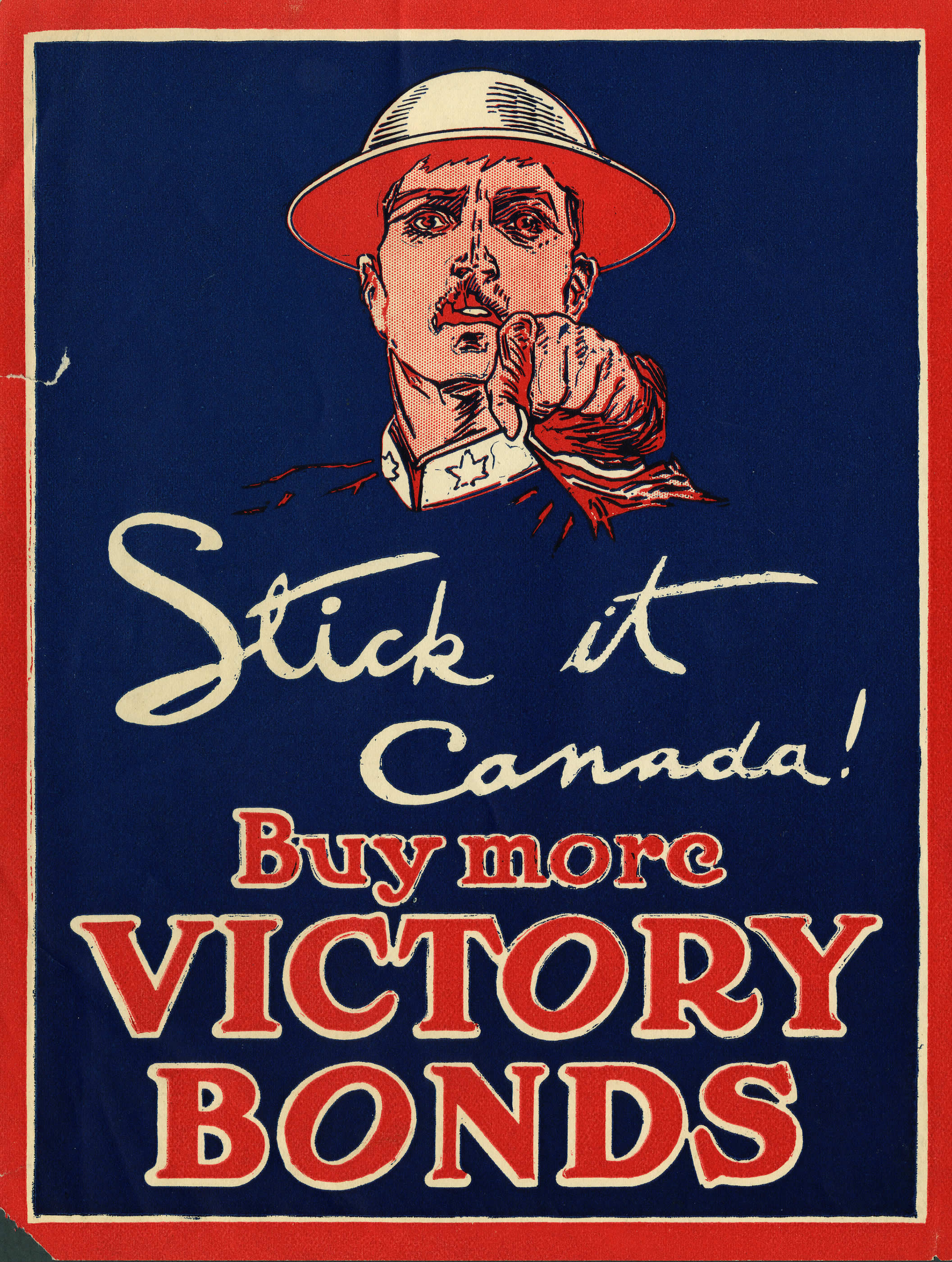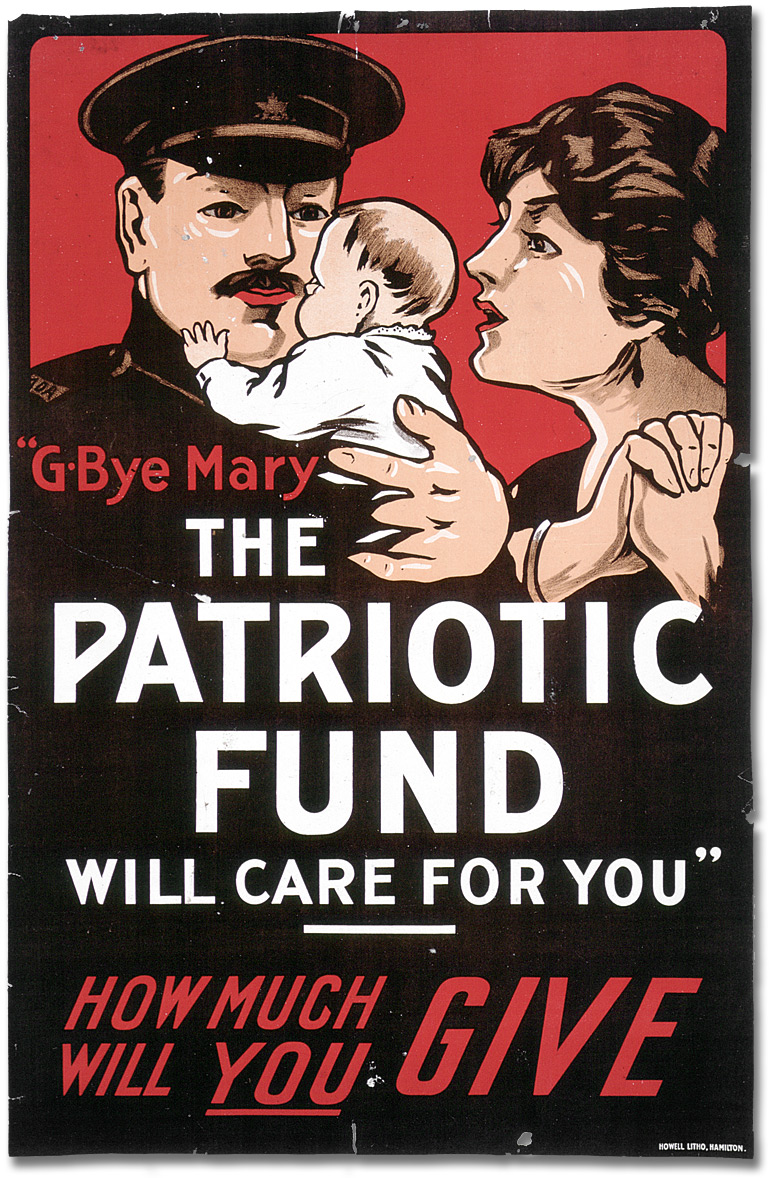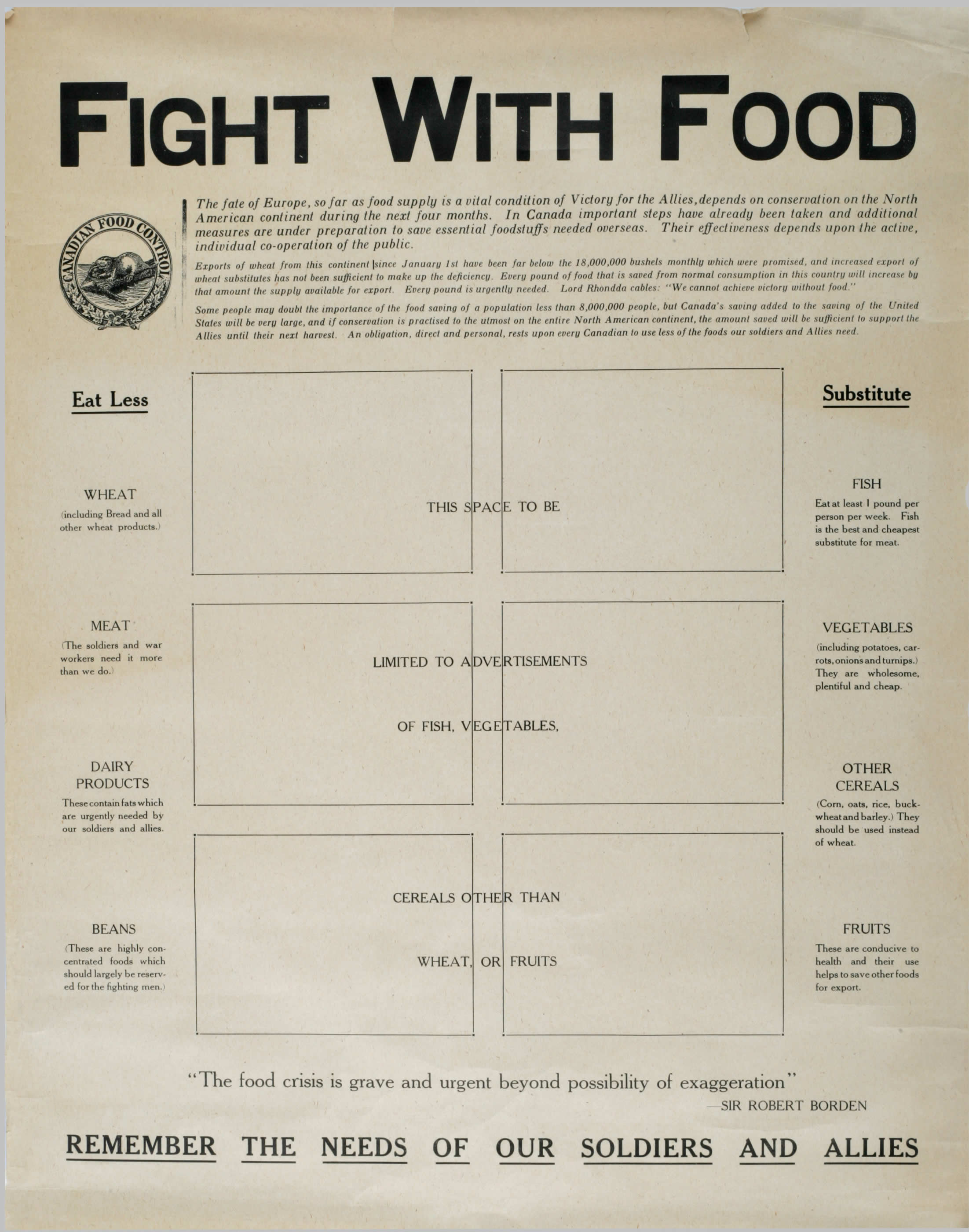Remembrance Day Blog
On November 11, 2015 Canadians will be celebrating the 97th Remembrance Day. On November 11, 1918 at 11:00 am, WWI had ended. Each year Canadians gather on this day to honour and commemorate the great soldiers and civilians that took part in WWI and WWII. For a grade ten Canadian History class assignment I was told to make a blog focussing on five ways Canadian responded to the Great War. Here is my assignment and tribute to the great Canadians that showed undying love for their country in World War One.
This video published and produced by CBC as a documentary. This documentary illustrates some of the hardships and conditions faced by Canadian soldiers
Propaganda
Propaganda
was widely used in Canada in World War One. Some of the main issues that
these propaganda posters covered were recruitment and volunteering,
women’s roles, victory bonds, the patriotic fund and rationing. In the propaganda posters the artists used emotional appeal to invoke patriotism and a sense of obligation.
This recruitment poster is aimed towards young Irish Canadian men, encouraging them to join the Irish Canadian Rangers. It appeals to their patriotism for Canada and their Irish ancestry, implying that this war also impacts them as Irish and Canadians.
This recruitment poster is intended for the French Canadien population, as it is written in French.
This poster encourages Canadians to buy victory bonds, implying that the war cannot be won without them. This poster sends the message that if Canadians buy more victory binds they will win the war faster and soldiers will come home.
Another propaganda poster. This poster conveys the message of rationing to save food for fighting soldiers.
Women's Roles During the War
At the home front, women were taking on the roles of men and for the first time working in factories and higher positions. Traditional men's jobs were being taken by women. Domestic and farm jobs were obviously taken, but as the ongoing war demanded for mass production of firearms and ammunition, Canadian women answered the call and made up for a large portion of the Canadian workforce.
Women working in a munitions factory in Quebec. Around 35,000 Canadian women worked in munitions factories throughout WWI.
Women also worked as nurses on the battlefields of WWI. Around 3000 women were apart of the Canadian Armed Forces as nurses. In addition to that nearly 1000 women were enlisted as ambulance drivers. Many women also took part in the warzone as volunteers for the Red Cross.
A poster telling Canadians about nurse casualties at sea. Even working as a nurse in the frontline was dangerous.
Victory Bonds, The Patriotic Fund & Income Tax
Before the Great War started Canada was practically in a depression with a very poor economic state. The war created jobs for many people. A new industry, weapons and ammunition manufacturing was born. Despite of this, the Canadian government needed ways to pay the military expenses. Victory bonds were a method of the government loaning the civilian population's money with war bonds. This yielded a great amount of income, over $100 million were raised from the first bond drive. The government also decided to introduce business tax in 1916 and a temporary income tax in 1917. The Patriotic Fund was a fund created for returning veterans, wounded or killed soldiers and their families.
Another propaganda poster to urge Canadians to buy victory.
An emotional appeal is made in this poster. It depicts a helpless young mother and an infant child whose father is going to the war. This conveys that The Patriotic Fund will take care of this soldier's family and provide for them.
Rationing
As war was going on in Europe, the prices of Canadian grown food commodities were rising. The inflation rate had also increased. This caused the government to limit the amount of food that families could purchase. Rationing methods were adopted throughout Canada. There was a great limit on meats and other Canadian exports for the Canadian customers. The government encouraged ingredient substitution and alternative choices.
Posters such as this one would be typically found at each grocery store in Canada, urging Canadian so conserve food and use less of the food which could be exported to Europe.
Volunteerism and Recruitment
During the beginning of the war, many young Canadian men did not hesitate to enlist into the army. Being a soldier was considered honourable and brave. If one did not enlist they were deemed as cowards. Until the battle at Passchendaele in 1917, there were a large number of enlistments. Young men at the home front, realizing that the war was much different from what they had thought stopped enlisting. In July, 1917 Prime Minister Borden passed the Conscription Act, which forced able bodied men to enlist.
A bar graph comparing the number of Canadian enlistments to the number of Canadian casualties in 1917.
A newspaper from Manitoba in August, 1917 with the heading "CONSCRIPTION BILL BECOMES LAW"
References:
Basen, I. (2014, August 1). Why
Canadian media embraced censorship during WWI. Retrieved from CBC News:
http://www.cbc.ca/news/why-canadian-media-embraced-censorship-during-wwi-ira-basen-1.2722786
Brook, A. (2015, October 7). Wartime
Patriotism. Retrieved from library.mcmaster.ca:
https://library.mcmaster.ca/archives/exhibits/worldwar_patriotism
Glassford, S. (2015, October 5). Volunteering
in the First and Second World War. Retrieved from Wartime Canada:
http://wartimecanada.ca/essay/volunteering/volunteering-first-and-second-world-war
Museum, C. W. (2015, October 8). Canadian
Wartime Propaganda. Retrieved from Canadian War Museum:
http://www.warmuseum.ca/cwm/exhibitions/propaganda/first_e.shtml
Museum, C. W. (2015, October 8). Voluntary
Recruitment. Retrieved from Canadian War Museum:
http://www.warmuseum.ca/firstworldwar/history/life-at-home-during-the-war/recruitment-and-conscription/voluntary-recruitment/
Reyburn, K. A. (1998). BLURRING THE
BOUNDARIES: IMAGES OF WOMEN IN CANADIAN PROPAGANDA OF WORLD WAR I. Guelph:
The Faculty of Graduate Studies of The University of Guelph .
Chenier, N.M..
R. The Canadian Encyclopedia. (2006). Women and war.
Retrieved
October 9, 2015 From http://www.thecanadianencyclopedia.ca/en/article/women-and-war/.
Morton, D.. R. The Canadian Encyclopedia. (2013). First
world war (wwi).
Retrieved
October 9, 2015 From http://www.thecanadianencyclopedia.ca/en/article/first-world-war-wwi/.










